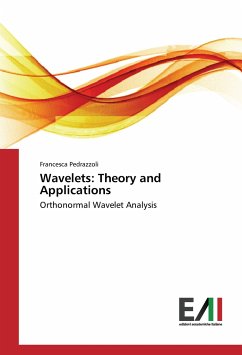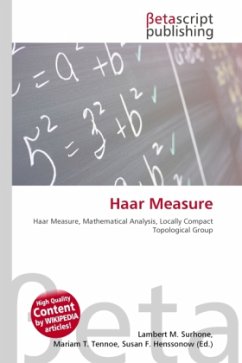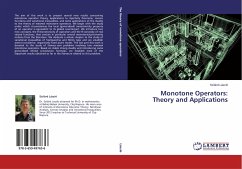
Wavelets: Theory and Applications
Orthonormal Wavelet Analysis
Versandkostenfrei!
Versandfertig in 6-10 Tagen
33,99 €
inkl. MwSt.

PAYBACK Punkte
17 °P sammeln!
Wavelet analysis had its origins in the middle of eighties: from the very beginning, it was driven by application needs; the development and advancement of the theory came through the efforts of mathematicians with a variety of backgrounds and specialties, and of engineers and scientists with an eye for better solutions and models in their applications. In late 1970s, Jean Morlet, a french geophysical engineer, in order to find oil deposits via geoexploration, had to analyze the echos of signals; these seismic waves consisted of wide low-frequency areas and shorter timespanned high-frequency c...
Wavelet analysis had its origins in the middle of eighties: from the very beginning, it was driven by application needs; the development and advancement of the theory came through the efforts of mathematicians with a variety of backgrounds and specialties, and of engineers and scientists with an eye for better solutions and models in their applications. In late 1970s, Jean Morlet, a french geophysical engineer, in order to find oil deposits via geoexploration, had to analyze the echos of signals; these seismic waves consisted of wide low-frequency areas and shorter timespanned high-frequency components. The classical Fourier and windowed Fourier analysis were lacking of tools to gain time-resolution ad hoc. Thus, he came up with the ingenious idea of using different window functions for analysing different frequency bands. He generated the transform blocks by compression and dilation in time of a given function, followed by translation: "wavelets" were born!












